Despite expanding to new and exciting destinations, Formula 1 has a strong connection to many of the historic circuits that have shaped the sport over the last 70 years.
As Formula One prepares to embark on its longest-ever season (24 races in 2023!) with intriguing new host cities like as Miami and Las Vegas, it's worth noting that the sport continues to visit many of its most famous tracks. In reality, four of the seven tracks on which Formula One competed during the inaugural year of the current World Championship in 1950 - Silverstone, Circuit de Monaco, Circuit de Spa-Francorchamps, and Autodromo Nazionale Monza - remain on the schedule in 2023! From ancient favorites to new masterpieces, here are ten historic circuits to check off your F1 bucket list in 2023.
1. Monza National Autodrome

This year marks the 100th anniversary of Formula One's oldest track! Since 1950, the city park circuit on the outskirts of Milan has held a contemporary World Championship round every year save one. Many of the original turns from that time may still be seen on today's speedy 5.8km circuit, while the banked oval portion has not been utilized since 1961. Monza, the site of so many historic triumphs over the years, has a unique place in the hearts of Formula One fans, particularly Ferrari's 'Tifosi'.Why go? Electric environment; magnificent position in the midst of a vast metropolitan park, with easy access to Milan's cuisine, culture, and history.
Read also: 2021 car revealed as FIA and F1 present regulations for the future
2. Circuit de Monaco.
Circuit de Monaco, first opened in 1929, has always been an unusual and unworkable location for high-level motor racing. Nonetheless, the race in the small principality on the French Riviera remains one of Formula One's blue ribbon events, despite the fact that wheel-to-wheel racing has become somewhat more difficult as F1 vehicle sizes have increased over the years. Despite its constraints, the Circuit de Monaco remains a formidable challenge for drivers and an unforgettable sight for those who are lucky enough to attend.Why go? Glamour, mega yachts, people-watching, and the opportunity to view current F1 vehicles on the ragged edge up close.
3. Silverstone
Built on the site of a World War II runway, Silverstone debuted in 1948 and hosted the inaugural race of the current Formula One World Championship two years later, with King George VI in attendance. Despite its relatively flat and featureless layout, the fast and flowing track in the English countryside has hosted many of Formula One's most dramatic races throughout the years. Silverstone has been the only home of the British Grand Prix since the late 1980s, and it continues to be a pinnacle test of drivers' abilities as well as one of the most popular events on the calendar.Why go? Passionate and informed local fans, a welcoming environment, and an action-packed event program, both on and off the track.
Read also: McLaren reveals F1 livery change for Singapore and Japan
4. Circuit de Spa-Francorchamps.
The original Circuit de Spa-Francorchamps, a 15-kilometer stretch of mountainous public roads in the Ardennes mountains, was the ultimate test of a driver's talent and courage. The track initially hosted the Belgian Grand Prix in 1925 and has been on the F1 schedule since 1950, when the new World Championship was introduced. Safety problems have been a constant subject at Spa-Francorchamps, which was eventually reduced to its present 7km configuration in 1981, but not before momentarily losing its position on the calendar. Formula One returned to Spa in 1983, and this famous track has been a near-constant F1 fixture ever since.Why go? The longest Formula One racetrack in Western Europe provides breathtaking trackside vistas and thrilling racing.
5. Circuit Gilles Villeneuve.
On a cool October day in 1978, Quebec native Gilles Villeneuve won the first Canadian Grand Prix at the Île Notre-Dame Circuit to much fanfare. The track, which was built on a man-made island in the Saint Lawrence Seaway near downtown Montréal, was renamed in memory of Villeneuve after the Ferrari driver died in a horrific accident during the 1982 Belgian Grand Prix. Circuit Gilles Villeneuve has been a fixture on the calendar for over 40 years, producing many memorable races, including popular one-off victories for Jean Alesi (1995) and Robert Kubica (2008), as well as Jenson Button's extraordinary last-to-first win in treacherous wet conditions in 2011.Why go? A better-than-average possibility of a thrilling race; French-speaking Montréal comes alive over race weekend with street festivities and a warm welcome for visiting spectators.
Read also: McLaren reveals car livery for 2024 F1 season
6. Autodromo José Carlos Pace (Interlagos).
Since 1973, the Brazilian Grand Prix has been held at the Interlagos track in São Paulo's southern suburbs, which was first opened in 1940. Many of the early races on an over 8km long configuration were won by local drivers Emerson Fittipaldi and Carlos Pace, but concerns about the uneven track surface and lack of safety precautions led to the Brazilian Grand Prix moving to Rio de Janeiro in the 1980s. Formula One returned to a shorter and safer form of Interlagos in 1990, and the track has been on the schedule every year since, with the exception of 2020. Interlagos has a well-deserved reputation for providing tight and thrilling racing, particularly when it rains, and has hosted several memorable championship showdowns since switching to a late-season schedule position in 2004.Why go?Experience breathtaking trackside vistas, thrilling racing, and visit São Paulo, Latin America's biggest city.
Read also: McLaren boss Brown concerned by Red Bull teams' closer ties

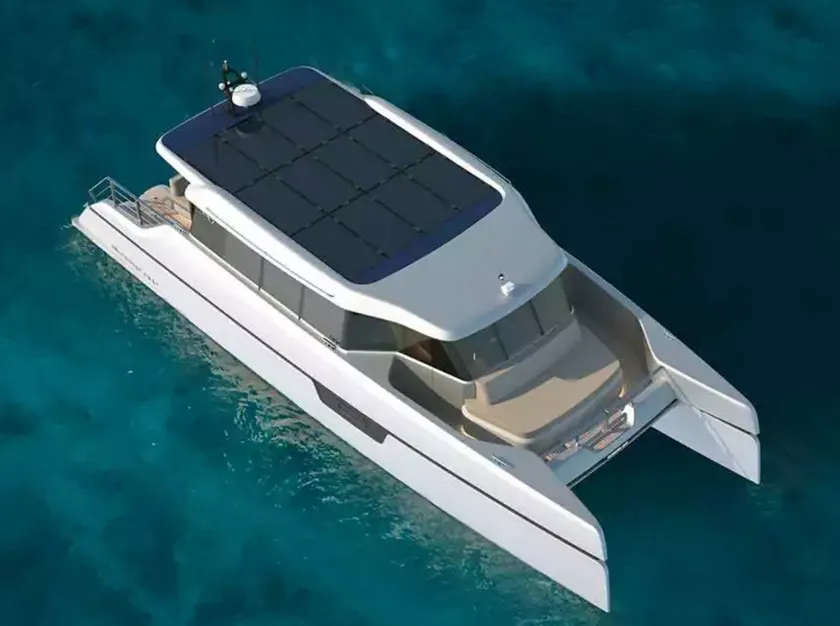


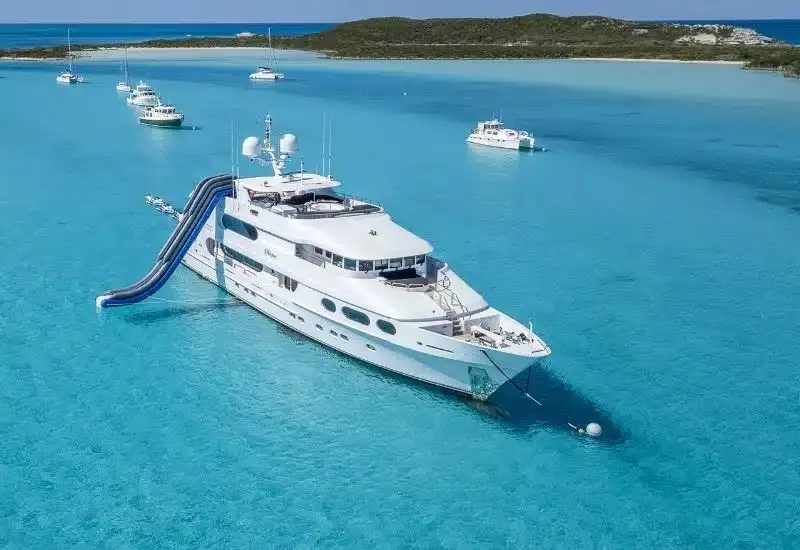
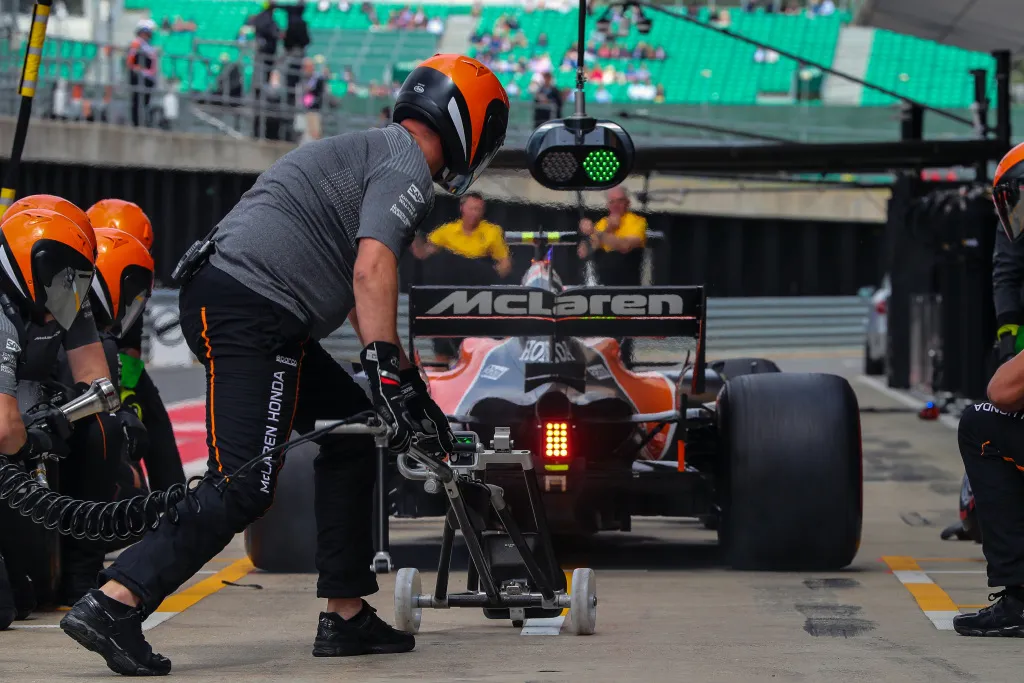


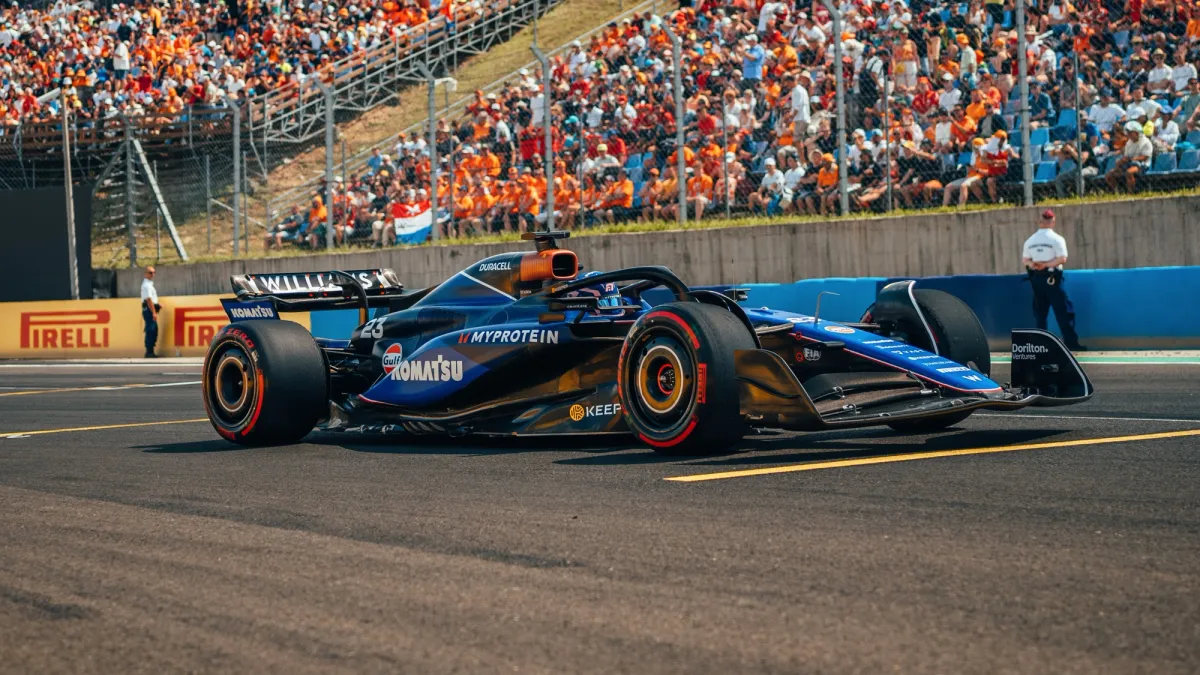
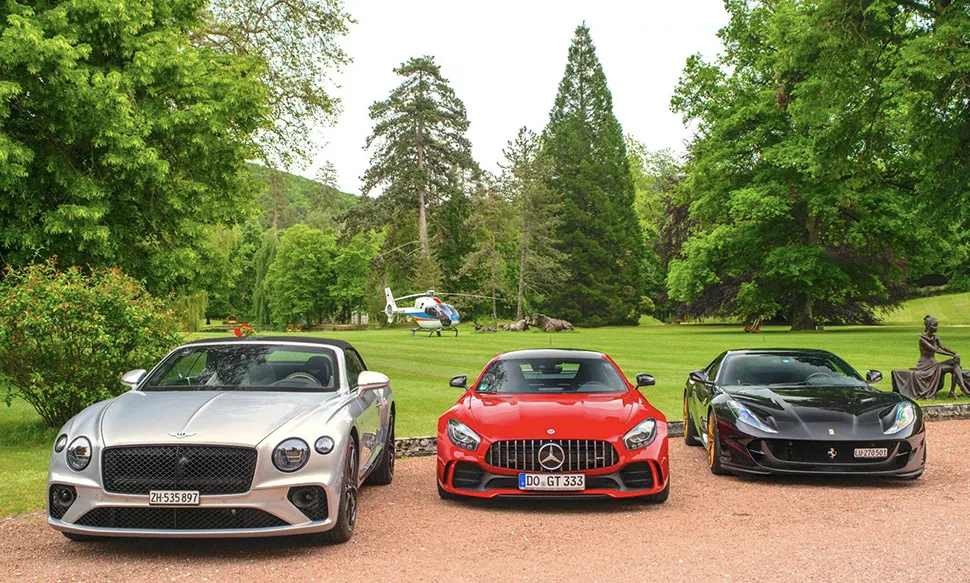
.webp)